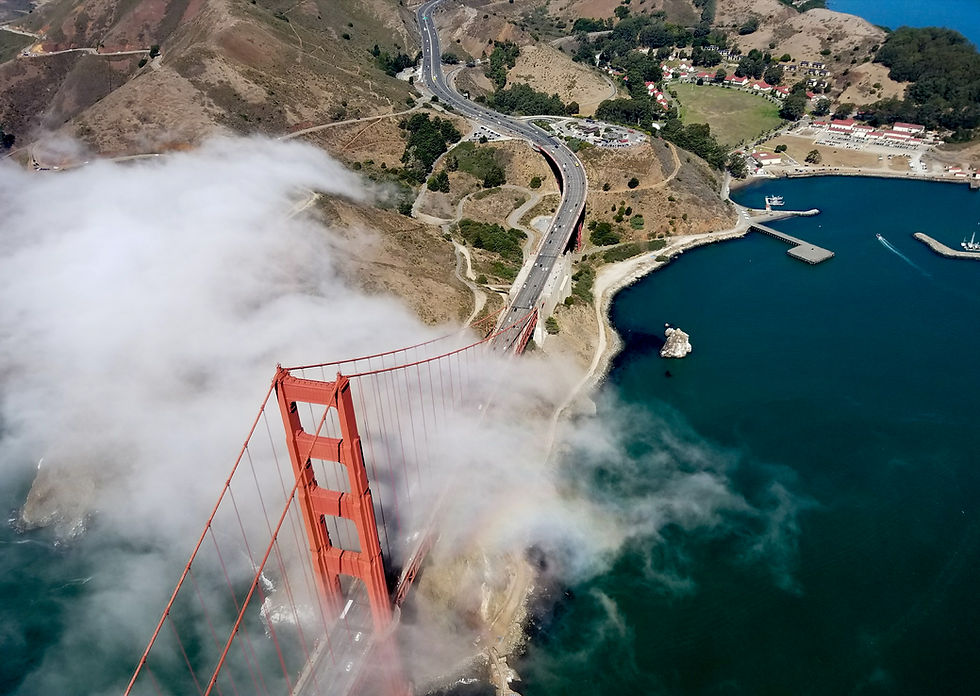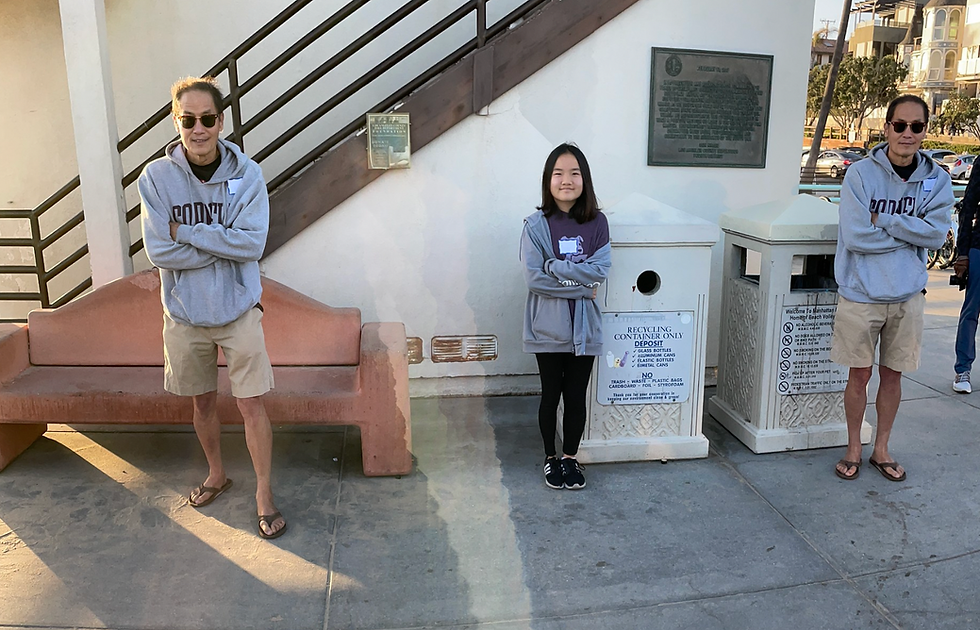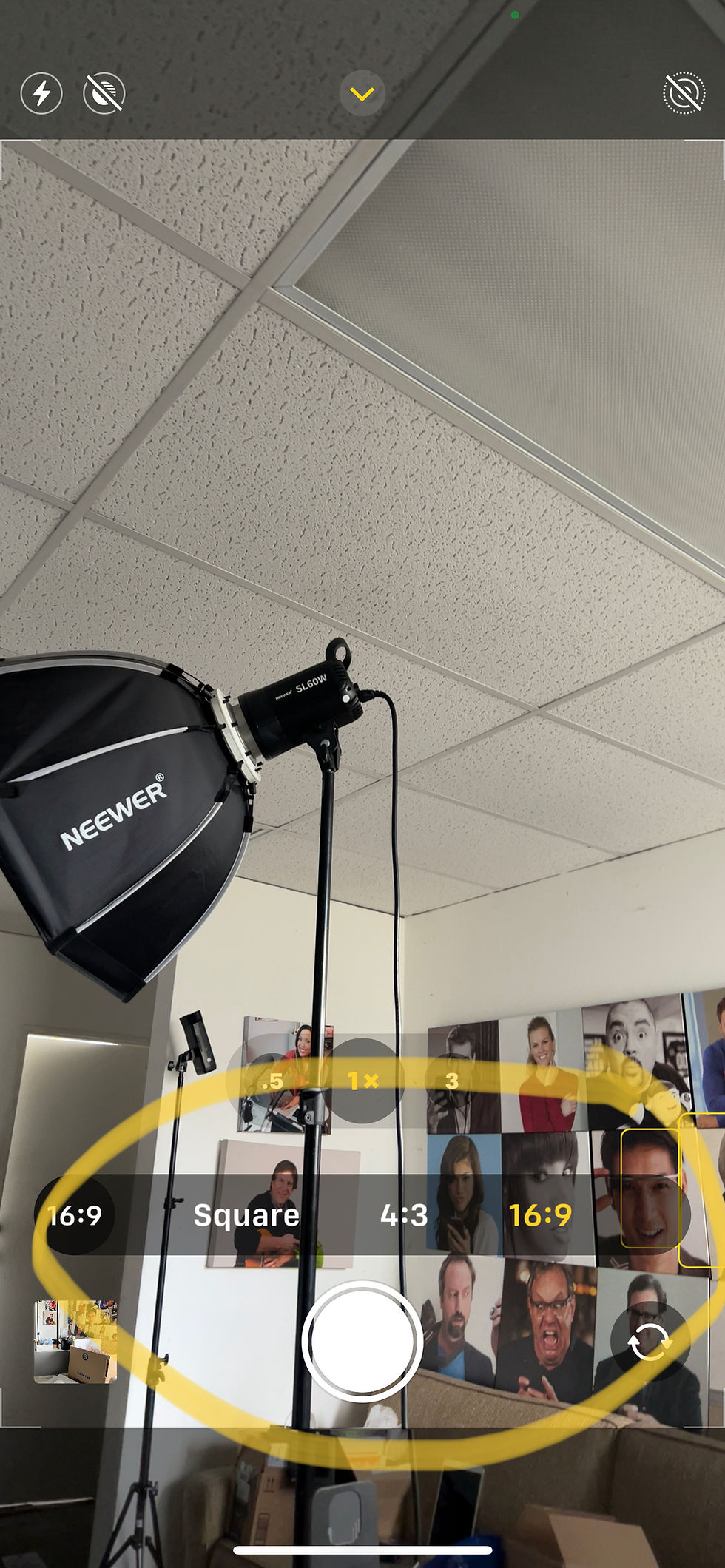I recently met with some great folks in Manhattan Beach, California for a live Photowalk event. Before we began shooting, I quickly ran down 13 of my top tips for being a better iPhone photographer, and people seemed really stoked to hear them. So I thought I'd share them here as well.

Shoot like a Pro: Treat your iPhone like you would a big professional camera and you'll get pro results. Don't think of it as just a "phonepix" camera but a high-resolution wonder worthy of prints hanging on your wall.
Clean: Start off by wiping the lens with a soft cloth, a shirt or blouse before you start the shoot. It's amazing how much gunk can get on it when it's rustling around in our pockets and purses.
Charge: Don't go to a shoot with an iPhone at 25% or 50% battery unless you also drag along an accessory power brick with you. Be prepared!
Check your storage: It's easy to do. Just go to Settings/General and toggle to iPhone Storage to make sure you have enough room to take lots of photos. Here's a hint: if you have an iPhone with 256 GB of storage and have used 245 GB, your phone will be slow, and you could end up with that dreaded "out of room" message on a shoot.
Backup: If you're out and about, backup your phones every day. Otherwise, lose your phone, lose your photos. Members of Amazon's Prime service get free, unlimited backup on the Photos app. Apple, Google and Dropbox offer monthly storage plans. Yes, you can move your photos to a physical hard drive, but online backup is the most convenient. Have a plan.
Horizontal vs. vertical. The tendency for most iPhone owners is to shoot vertical, because that's how we hold the device. But for stills and video, vertical is a drag, because it cuts off 2/3rds of the photo, so horizontal always preferred. However, if you're making a "Reel" for Instagram and Facebook, or "Short" for YouTube, you'll need to shoot vertically. I deal with that by shooting two versions, horizontal and vertical.
Shade and all four sides. Portraits look best in the shade, when you don't have to contend with the harsh shadows produced by the afternoon sunlight on your subjects face.

Pano and the double exposure trick. The Pano feature, one of many Apple offers in the camera menu, is great for getting huge wide shots. It's also a fun tool for a double exposure without Photoshop. Just start the shutter, pan across the room, and ask your willing accomplice to shift position from left to right and end up on the other side of the frame. Then depress the shutter to end the pano.
Timelapse. See the world speed by in super fast motion. Great for landscapes with lots of clouds especially. Just put the iPhone in a tripod and smartphone tripod mount, compose your shot, click the shutter button and let it roll for at least 30 minutes. This will give you a minute or so of footage. You need to have the camera in the tripod because you simply can't hand-hold a camera for that long without excessive camera shake.
Slow motion. One of the great features of the iPhone, where everything looks cool when sped down. Pro tip: Instagram and Facebook are in love with Reels, those short little 15-30 second videos showing people doing funny things. Your assignment: capture some clips of folks in slow motion, maybe walking down the street, or running across a sport field, and insert them into your Reels to wow your audience.

Aspect Ratio: 16:9 vs. 4:3? Apple lets us decide how we want our stills, either the format remembered from the old tube TVs we used to watch, or the wide-screen 16:9 we fell in love on flat screen TVs. You can also choose square, but it's a lot easier to crop an existing image square than it is to make a square image go whole after the fact. I'm for wide screen, which looks way cooler splashed across the beautiful iPhone screen.
Timer. One of the unsung features of the iPhone camera app menu, which I use all the time for selfies. It's easier to compose when I get 10 seconds to get everybody into position, and I don't have to worry about getting my finger on the shutter.
Flash. I never use it. Flash on the iPhone looks somebody is being lit by a blow torch. I way prefer using an accessory light like the Lume Cube or accessing a friend's iPhone and using the Flashlight app instead.

Bonus: burst. One question last night was how to stop action with the iPhone and I recommended using Burst mode to shoot multiple images at once, which in turns stops action. This was confusing, as there are two ways to do it, depending upon which iPhone you have and how current your iOS software is. In a nutshell, I always keep my finger down on the top volume knob to stop action. But some iPhones prefer putting your finger on the white shutter button in the Camera app, and sliding it to the right instead. Apple clears up the confusion on its Help page, showing both ways to achieve the same thing.

Questions about iPhone photography or your own tips on how to do it better? Let's keep the conversation going!

Comments